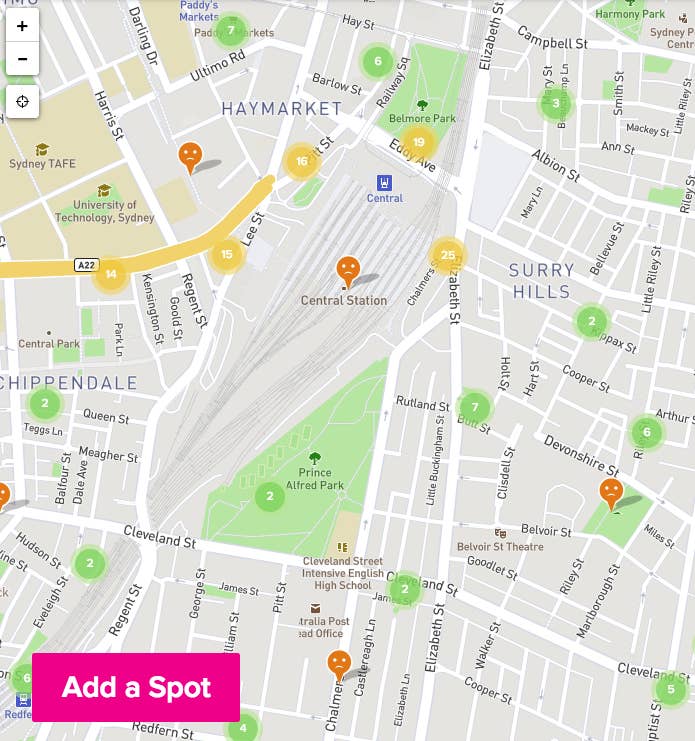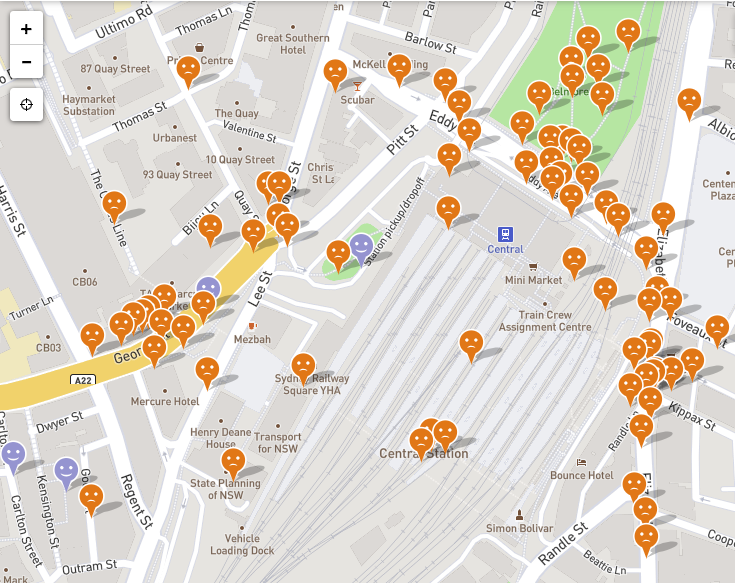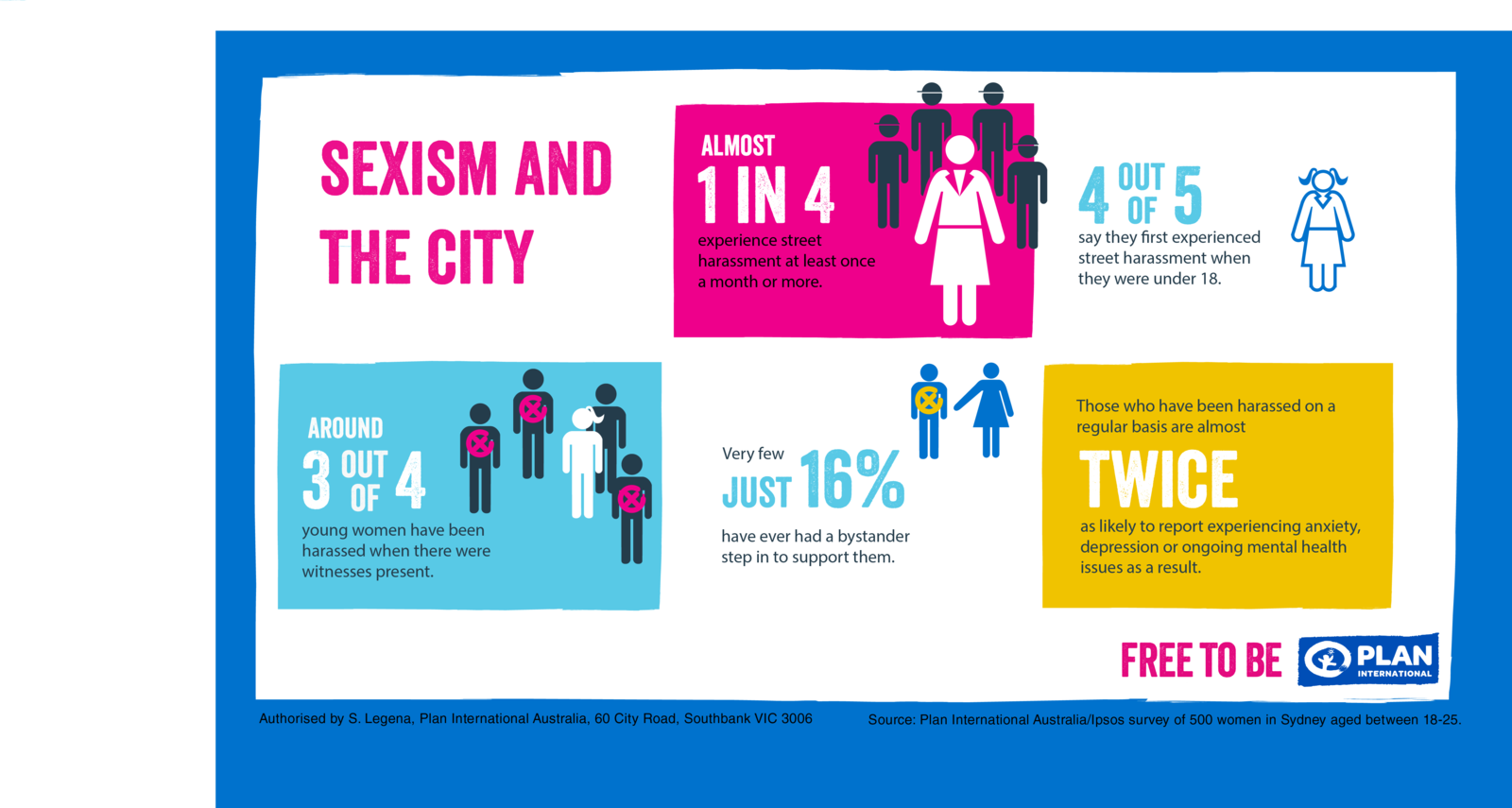More than 2,500 women have plotted the areas where they feel most unsafe in Sydney, for an online map designed to gather data on street harassment in the city.

Child rights organisation Plan International Australia and Monash University last month launched the online interactive map Free to Be which allows young women and girls to drop a "good" pin on the locations in the city that they like, and a "bad" pin on the areas where they feel uncomfortable or unsafe.
They can then provide anonymous detail about that area, or record a particular incident that occurred there.
The Sydney Free to Be map will remain open for entries until May 28.
So far the key "sad" spots are: Kings Cross, George Street (around Town Hall), Pyrmont Bridge, King Street and Wentworth Park.

"Man boarded the Illawarra train from Central Station at 8.30pm at night and sat next to me," one woman wrote in her pin.
"He started masturbating. Other people on the train saw him and no one helped. I was trapped as I was seated near the window. I yelled at him to get out of the way and I moved to another carriage."
Public transport hubs are collecting "sad" pins, with clusters of them around Central bus station, Central Station, St Peters Station, Blacktown Station and Parramatta Station.
The "happy" spots are: Circular Quay (particularly on the ferries), Central Park, UNSW and Macquarie University campuses, McIver Baths in Coogee and Oxford Street.

"This part of Woolloomooloo is safe, lots of people and cabs about plus police presence at night," one woman wrote with her happy pin at Woolloomooloo wharves.
A new report launched today by the organisation points to a link between multiple experiences of street harassment and poor mental health among young women.
The survey of 500 women aged 18 to 25 in Sydney found one in three young women who have been harassed more than once a month self-report anxiety or depression as a direct result.
Around three in four young women were harassed in front of bystanders, yet just 16% say someone stepped in to help them.

The most common forms of street harassment experienced by young women were: cat-calling (83%), menacing behaviour (55%), being told to smile (44%), having their path blocked (30%), being touched inappropriately (30%), and physical violence/sexual assault (10%).
One in four young women in Sydney experience street harassment at least once a month.
More than one-third of respondents were first harassed when they were aged 11 to 15.

When asked what they did in response to the most serious incident they had experienced, only one in 13 (7%) young women reported it to authorities.
Reporting to family and friends was much more common (60%), while almost a third (30%) did nothing.
A Free to Be map of Melbourne attracted more than 1,300 points plotted by residents over three months, with many of the comments accompanying pins near public transport hubs describing sexual harassment or assault on buses, trams and trains.
The site with the most recorded incidents of sexual harassment was Flinders Street Station, where multiple women reported having their backsides "spanked" by a stranger, another said a man grabbed her vagina and another said she was verbally assaulted.
If you need to talk to someone, you can call Lifeline Australia on 13 11 14 or Beyond Blue Australia on 1300 22 4636.
